Do babies need ear muffs for flying? Yes, absolutely, babies need ear muffs while flying. Flying with kids can be stressful, but it doesn’t have to be. In fact, you can make your journey easier if you take a few steps before you board the plane. One of these steps is to get your child’s ears checked before the flight and use ear muffs if necessary.
This article will explain why babies need ear muffs when flying, how parents can select the best ones for their kids, and what other precautions should be taken when traveling with small children. In a perfect world, there would be no reason to ever doubt what a baby needs aboard an aircraft.
It is easy to assume that all babies will attempt to scream their way through the flight, but there are some who don’t. An infant whose ears contain ear muffs may not cry throughout the trip.
Some airlines will not allow babies to be on board without ear protection. It’s hard to find information about whether it’s true or false. This article looks at the scientific facts behind this theory and shares the conclusion with you.
Do babies need ear muffs for flying?
Ear muffs are a great way to protect your baby’s ears on flights. If you’re wondering whether or not your baby needs ear muffs, the answer is yes! Flying can be loud and uncomfortable for babies, who have sensitive ears that are still developing.
Ear canal growth is complete by six months of age, and the middle ear (the bone-filled cavity behind the eardrum) develops around six months as well.
However, it takes up to two years for a child’s external ear to fully develop, and it takes even longer for their hearing to reach adult levels.
This means that during these early years, babies’ ears are more sensitive than those of an adult, especially when exposed to noise like seatbelt clicking or engine noise. In fact, research shows that children may experience hearing loss from just one flight!
So what can parents do? One way is to use earplugs or muffs during flights in order to protect their child’s ears from the loud noises inside and outside the plane cabin.
Key takeaway points
- Reasons why babies should wear ear muffs when flying
- The noise level inside a plane can cause the ears to hurt.
- What are the best ear muffs for babies when flying?
- Should parents take pain relief for their babies?
- Ear muffs help babies rest well when flying.
- Ear muffs are great accessories for traveling with kids.
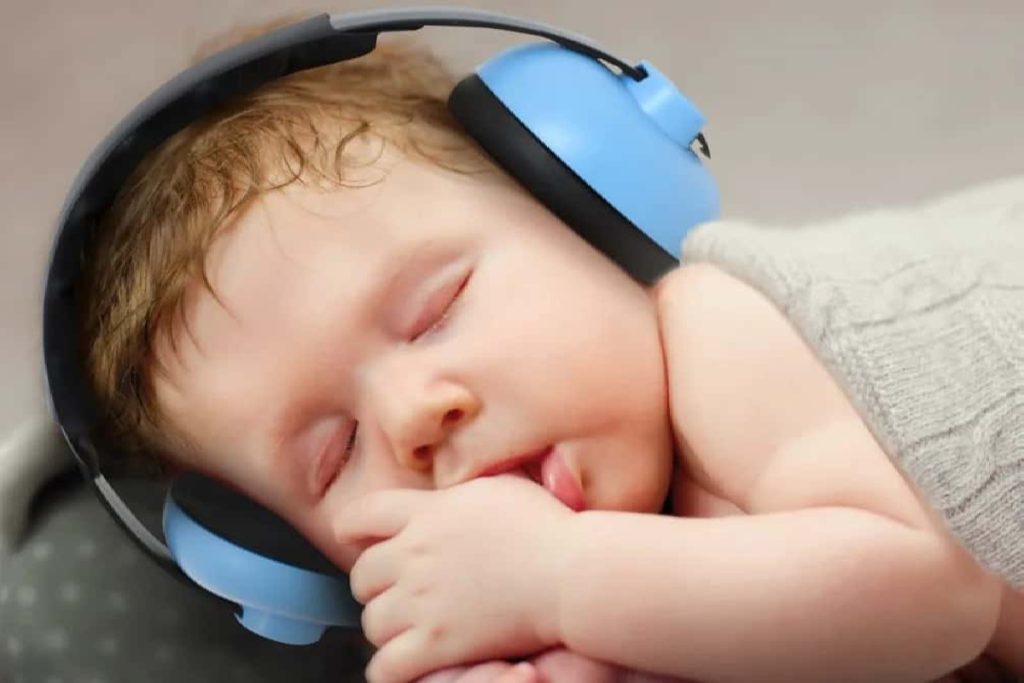
Reasons why babies should wear ear muffs when flying
Babies and young children can experience noise-induced hearing loss if exposed to high levels of noise for extended periods. Infants’ ears are more sensitive to loud sounds than adults’ ears, so it is especially important that they wear ear protection when flying.
Ear muffs are an excellent way to keep babies sleeping on the plane! They make it easier for parents to carry their child through security, check them in at the gate, pre-board with other families, and be ready when boarding time comes.
This helps relieve some stress while traveling as a family because you won’t have any last-minute rushing around trying to find everything needed once you’re at your departure gate.
Ear muffs provide entertainment! Some kids get bored easily on long flights, so having something like this available is a great way to keep them entertained instead of looking out windows or watching movies or television shows on phones or laptops (if allowed).
Nothing is worse than having a screaming child next to you because they’re bored and are unable to take advantage of these options due to a lack of equipment availability—it happens all too often, unfortunately.
Top pick

Editor’s choice

Best value

The noise level inside a plane can cause the ears to hurt.
The noise level inside a plane can cause the ears to hurt. The noise level inside the cabin is 85 dB, which is equivalent to that of a busy street or restaurant.
Sounds are also amplified by the shape of the airplane cabin, so you can be sure that if your flight is delayed and you are waiting in the terminal with all those announcements going off, your ears will be fully ringing when you finally board.
To put this into perspective: 80 dB is what it sounds like at home when you’re watching TV or listening to music with moderate volume; 70 dB would be similar to sitting at a quiet dinner table in a restaurant; 60 dB equates to whispering; 50 dB equals silence!
Most of us aren’t used to being in a situation where we can’t hear anything. The airplane cabin is designed to minimize sounds, so the noises that you normally hear at home or work don’t exist.
You may find yourself feeling slightly disoriented as your ears adjust to the change in environment and volume. It’s also important to note that even though you don’t hear anything, your ears are still working.
When you fly, your ears are constantly adjusting to the pressure changes in the cabin as well as movement caused by turbulence. This can cause headaches and earaches for some people who aren’t used to it.
If you’re prone to motion sickness, these factors may contribute. The best way to prevent this is by taking a motion sickness pill before your flight or drinking ginger ale or ginger tea on board.

What are the best ear muffs for babies when flying?
The best baby ear muffs for flying are those that fit well.The ear muffs should be soft and comfortable. They should be adjustable to ensure a snug fit, and they should be lightweight so that even the youngest passenger can wear them without getting frustrated or fussy.
The best ear muffs for babies when flying are also well-made, with long-lasting materials that won’t fall apart after just one flight.The best baby ear muffs for flying are those that fit well.The ear muffs should be soft and comfortable.
They should be adjustable to ensure a snug fit, and they should be lightweight so that even the youngest passenger can wear them without getting frustrated or fussy.
Read more articles: Safest Private Aircraft in the World
Best baby earmuffs for flying
Top pick

Editor’s choice

Best value

Should parents take pain relief for their babies?
It’s important to note the difference between medication and pain relief. Medication is a strong drug that can be prescribed by a doctor, whereas pain relief is a natural alternative to medication.
Most pharmacies and health food stores sell pain relievers that you can buy without a prescription. Just make sure to read the label carefully to make sure it doesn’t contain any harsh chemicals or drugs.
The best way to use pain relief for babies is for parents to apply it themselves as needed during flights since there is no risk of side effects or overdose with this type of product.
In most cases, pain relief for babies is not necessary and should only be used when absolutely necessary. If you do decide to use it, make sure you purchase a natural product that does not contain any harsh chemicals.
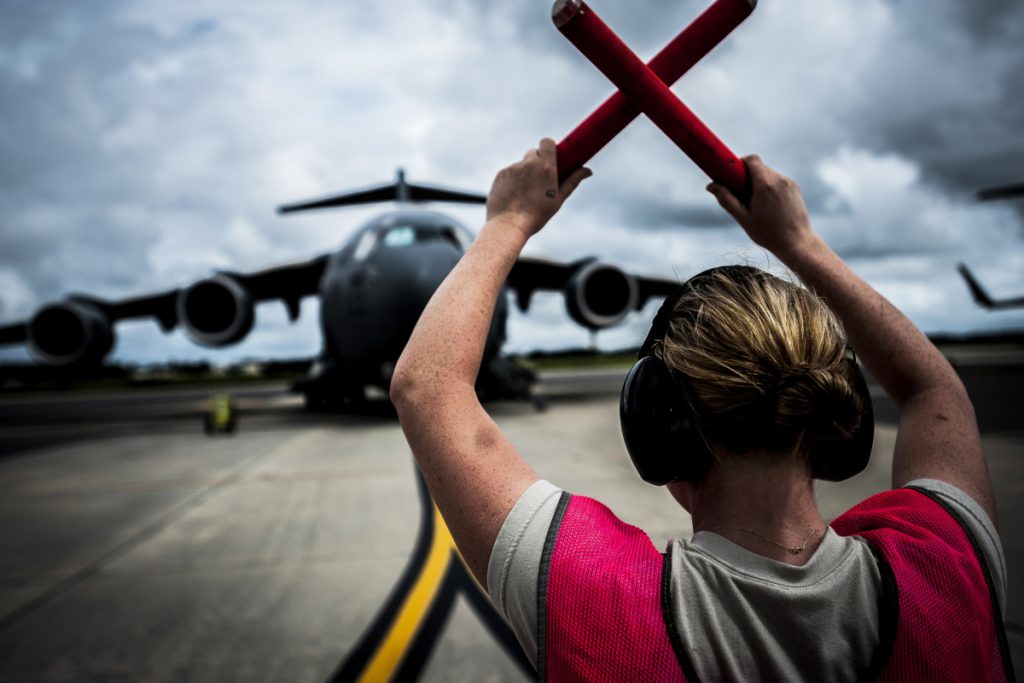
Ear muffs help babies rest well when flying.
Ear muffs, which are often called ear plugs, are a great way to help your baby fall asleep and stay asleep on long flights. If babies can’t fall asleep quickly or rest more soundly than they would at home, then the entire flight will be stressful for them.
The soft padding around the ear muffs helps block out some of the plane noise, making it easier for them to relax.
When combined with white noise or calming music playing in your headphones (or even just talking softly), it will be much easier for you and your baby to get some rest while flying.
The ear muffs will also help keep your baby’s ears from getting cold on a long flight. If you’re traveling during the winter or to a colder climate, then this is especially important.
The padding around the ear muffs will help keep their ears warm and prevent them from drying out while they sleep. If you have more than one child, then ear muffs can also be a good way to keep them from fighting over who gets to wear them.
They’re also great for older children who don’t want to listen to white noise or music playing in their headphones.
You can also use the ear muffs to help your baby sleep better at home. If they’re having trouble falling or staying asleep, then wearing these earmuffs can give them some extra comfort.
The padding around the ear muffs helps block out noises like crying babies, TVs playing in other rooms, fans running overhead, and more.
Read more articles: Which Aviation Headset is the Best?
Ear muffs are great accessories for traveling with kids.
Choosing the right ear muffs can be confusing. There are so many options out there, and it’s easy to get overwhelmed. Here are a few things you should keep in mind when choosing ear muffs for your family:
Choose a style that covers more of your child’s head than just their ears. This will help reduce noise from other loud sources (like an airplane engine) entering the ear canal at different points on the head.
Look for earmuffs with adjustable straps to ensure a snug fit, especially if you have multiple children who need to wear them at different times.
The best way to find out whether or not an adjustable strap would work for your needs is by trying it on yourself first! Consider where you’ll be using these earmuffs most often before making any purchases.
This can aid in decision-making when determining which type of design will work best on trips where everyone will be wearing one at the same time, such as long flights home after a vacation abroad.”
If you’re looking for a set of earmuffs that can be used by multiple people on the go, consider purchasing a pair with an adjustable headband. This will help ensure that they fit everyone properly and stay in place during use.
If you’re planning on using these earmuffs for children, look for ones that cover more of their head than just the ears. This will help reduce noise from other loud sources (like an airplane engine) entering the ear canal at different points on the head.
Look for earmuffs with adjustable straps to ensure a snug fit, especially if you have multiple children who need to wear them at different times.
The best way to find out whether or not an adjustable strap would work for your needs is by trying it on yourself first!
Consider where you’ll be using these earmuffs most often before making any purchases; this can help guide decision-making when deciding which type of design will work best on those trips where everyone will be wearing.
Top pick

Editor’s choice

Best value

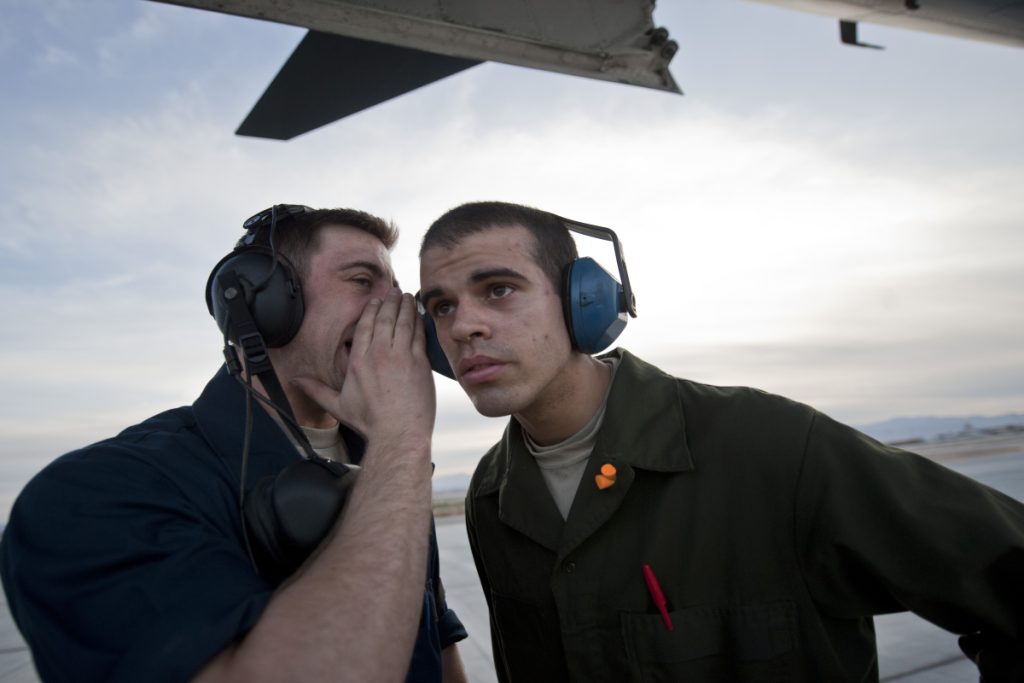
FAQ
1. Should babies wear ear muffs on plane?
Young newborns are unable to regulate their ear pressure by eating or yawning, therefore they are unable to cope with the sudden fluctuations in pressure that occur during takeoff and landing. Babies should always wear ear protection while flying to avoid ear pain and discomfort.
2. How do I protect my babies ears when flying?
Baby ear plugs or ear muffs are a terrific friend in these circumstances and should be used. It first prevents the tubes from receiving extra pressure. The majority of items feature built-in filters that regulate pressure variations. Some earplugs are solely intended for use by kids.
3. Can flying damage baby’s ears?
Flying may hurt a baby’s ears and momentarily impair hearing, but it does not result in long-term hearing loss. The eardrum is stretched as a consequence of pressure fluctuations, which causes discomfort.
4. What should a baby wear on a plane?
The finest infant travel attire is cozy and straightforward. Avoid wearing clothing that is too tight. In warm weather, a onesie and romper, for instance, look excellent together. You can fly in chilly weather by adding a pair of tights or soft leggings, a sweater, and boots.
Conclusion
The only way to know for sure if your baby needs ear muffs for flying is to ask your pediatrician. But with these tips, you’ll be well on your way to making the right decision for your little one.
And remember: even if ear muffs aren’t necessary at this time, there may come a day when they are! So keep these handy tips in mind as you fly with your babies—and don’t forget about our guide for toddlers and teens, too!
Children’s ear canals are small, a couple of sizes smaller than those of adults. Additionally, their eardrums are also smaller and closer to the outside part of the ears.
This means that children are more vulnerable to even a slight change in air pressure, whether it is on an airplane or in a car going up or down a hill.
So, while they may seem like cute accessories to most people, babies do need ear muffs when riding on airplanes or any other mode of transportation.
Read more articles: Do Babies Need Ear Muffs for Flying?
Other related articles
- Private Jet Black | Experience Exceptional Service
- Private Jet Uk | Your Ultimate Guide
- Private Jet Ticket | Your Ultimate Pinnacle of Luxury
- Private Jet Travel Aesthetics | Elevate Your Travel Experience
- Private Jet 747 | Why You Should Know This
- Private Jet Interior Aesthetics | Do Not Ignore This Awareness


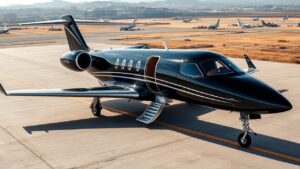




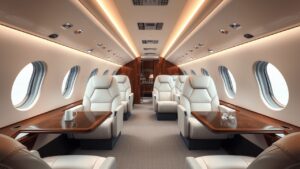


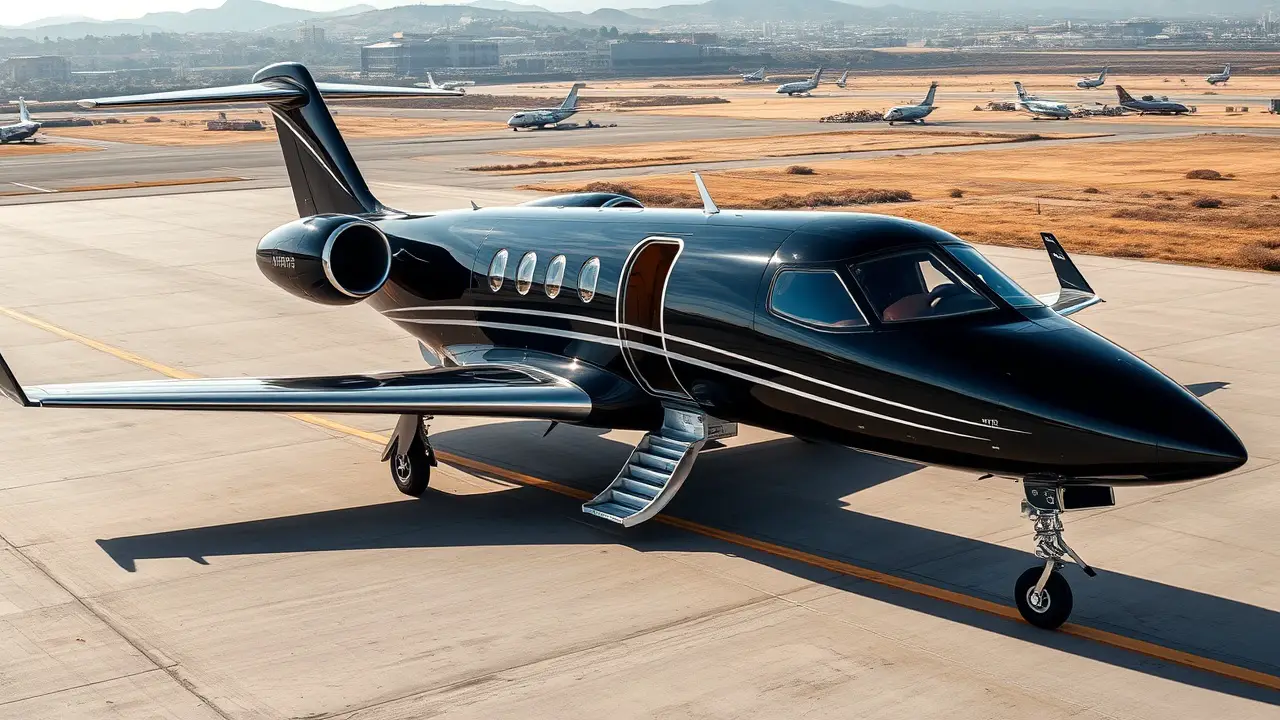
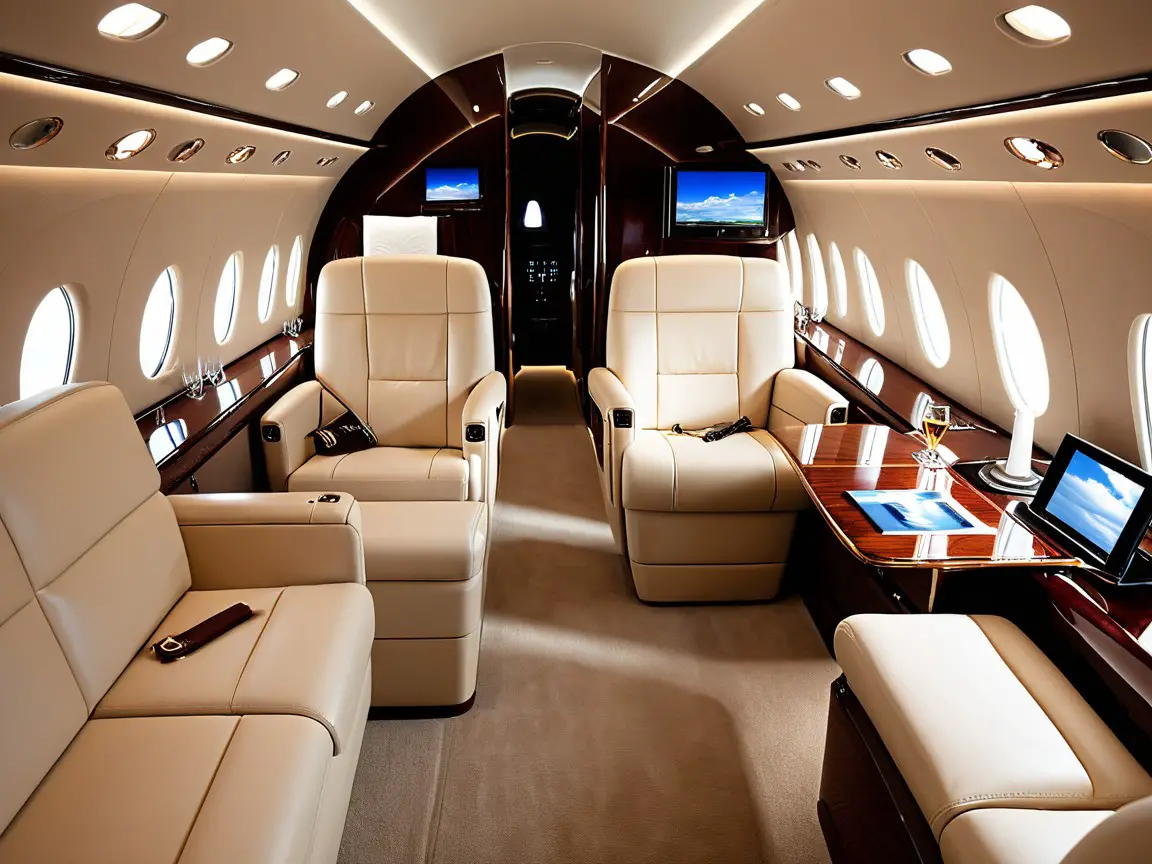

Leave a Reply